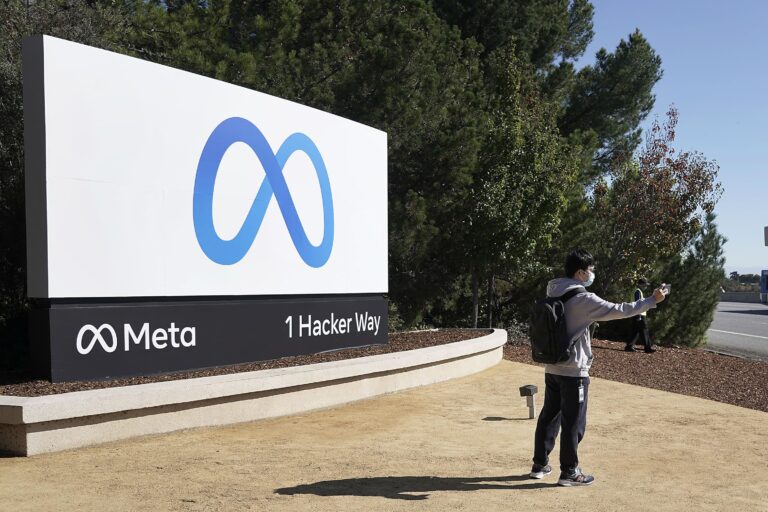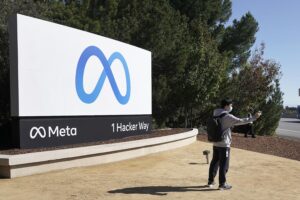Adding LTE to Apple Watch is pointless.
- The problem with wearables that I described nearly 4 years ago (see here) of a solution looking for a problem continues to plague wearables with Fitbit struggling along, sector consolidation and even Apple seems out of ideas.
- If the rumour machine citing endless anonymous sources is to believed Apple’s next version of the Apple Watch will feature a LTE modem.
- This will give the device independence from the iPhone, meaning that the user won’t have to have the iPhone in immediate proximity for the device to work.
- I think that putting a LTE modem is pointless and could even harm what little appeal the product has.
- This is for two reasons:
- First: In the US (I suspect Europe is similar) users are now glued to their smartphones for an average of 300 minutes per day (Flurry).
- This essentially means that users keep their smartphones in their immediate vicinity at all times and will go to great inconvenience to ensure that that remains the case.
- As a result, there is only a tiny period (if any) of time when the smartphone is out of Bluetooth range of the user and hence any wearable that he has on him.
- Therefore, the inclusion of a cellular modem will be able to improve the functionality of the Apple Watch for only a tiny percentage of the user’s day.
- This renders it effectively useless in my opinion.
- Second: A LTE modem (even with a soft SIM) is going to cost money, take up space that could be something used for something else and will be a net drain on the battery.
- Battery life is a major issue for all wearables (including the Apple Watch) and the addition of a modem will place a further drain on already very limited resources.
- Hence, I think that a modem will cause deterioration of the user experience for no perceptible improvement.
- What Apple should really be working on is a use case or function for this product that makes it a must have causing everyone to rush out and buy it.
- This is the genius for which Apple has been known in the past but of which there has not been much sign over the last few years and certainly not with this product.
- Consequently, I hope that like the large screen TV and the vehicle, this product never sees the light of day.
- Instead, I am looking for a use case that can really kick start the wearable market as without this spark of genius, it is likely to continue bumbling along with little real interest or volume.









Blog Comments
Mick R
August 8, 2017 at 12:17 pm
A good use case is Healthcare and $AAPL have a partnership with a Healthcare company called Dexcom ($DXCM). $AAPL even showcased $DXCM product at WWDC17 two months back.
https://9to5mac.com/2017/06/21/interview-dexcom-ceo-apple-watch-corebluetooth-cgm-diabetes/
windsorr
August 8, 2017 at 3:48 pm
Yes with this I agree but it is not the must have use case. It has been out there for a while and it has not caused everyone to rush out and buy it. I have written about this elsewhere on the blog. It needs much better sensors and there may be signs that those are coming. However, I still think that for a wearable this not the killer use that propels them into billions of units per year,,,
Tim Nash
August 8, 2017 at 8:04 pm
Even the iPhone doesn’t sell billions of units per year but the Apple Watch could make it to a 100 million sales a year.
There are many workplaces where cameras are not allowed and others where hands free communication is useful. IMO the workplace, apart from a few use cases like fitness, will drive wearables adoption for the next few years.
windsorr
August 9, 2017 at 10:22 am
no but smartphones do… I meant wearables in general selling billions of units rather than Apple Watch particularly. Agree with the use case you present but I dont think its enough to allow this category to really take off… it has to be something of universal appeal…
Victor
August 11, 2017 at 9:39 am
“it is not the must have use case” for you.
But there are 29.1 Million Americans with diabetes (9.3% of the population.) According to a paper in the JAMA (Journal of the American Medical Association) as many as 50% of Americans have diabetes or pre-diabetes. 71,000 people die annually due to complications from it, more than double that of US car deaths.
And the only great solution before Dexcom’s partnership with Apple was a hacked together solution using a Pebble watch and a continuous glucose monitor.
That’s what the watch is: a flexible platform that can be many things to many people, whether it’s diabetes, using AI to predict the onset of Asthma, feed information to doctors about epilepsy, and more. 100s of Millions is where the sum of these uses lead it. LTE helps get it there.
Apple is laying the groundwork for a health product that is also a fitness product, in a way that no one has bothered to address health before. By using the watch to support research, more people then ever before have participated in medical research, which in turn will allow the watch to monitor health outside of the research study setting. Focusing on fitness plays a role in contributing to health, where other wearables aren’t taking as wide a holistic view.
The spark of genius is helping people become more fit today, helping them monitor their health to prevent complications and death, and enabling research that formerly wouldn’t have had as many participants. Helping people today, contributing to saving lives, and advancing research. Genius. Oh, and it has begins to take advantage of machine learning for notifications and events.
LTE means being able to have that AI out in the world, that health genius, without having to be reliant on the phone. It also means doing smart things to sleep the modem when in the proximity of the phone, so that you can get acceptably long battery life. You’re not going to get a full day if you’re streaming music to the watch while running a marathon, but that’s not the point. The point is to make it a first class device rather than an accessory to the phone.
This also has knock on effects for other regions in the world. Currently, there are people in India whispering into the voice assistants in their phones to use internet – checking train schedules, downloading movies, messaging family, and checking Babajob for opportunities. The interface works by voice. When you don’t need a phone, and the watch does it all by voice as well, what’s the point in acquiring a phone?
Kevin CHEN
August 23, 2017 at 11:18 am
Adding Cellular LPWA technologies (NB-IOT, eMTC) onto wearables might be a good idea. For some use cases such as elder-care and mountain-climbing, regular data reporting and emergency services are essential. Then LPWA could be the best solution.